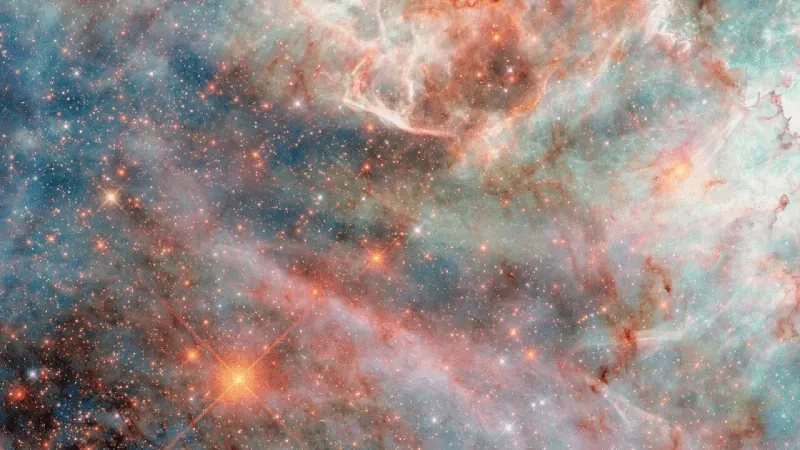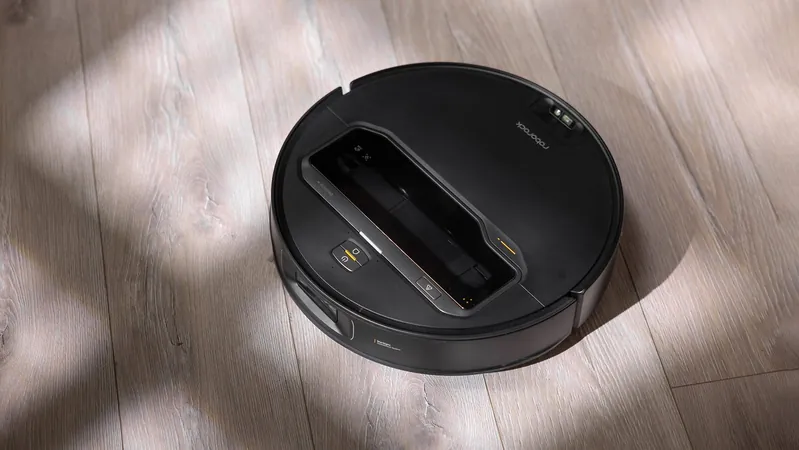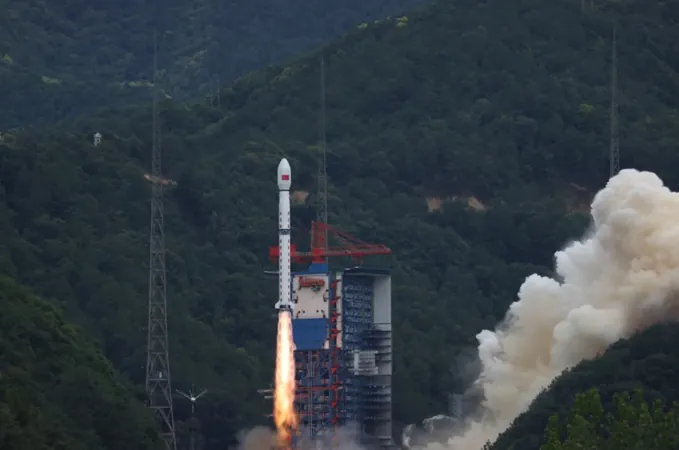
NASA Unveils Breathtaking Hubble Image of Cotton Candy Clouds in Space
2025-05-22
Author: Yu
NASA has just treated space enthusiasts and the curious alike to a jaw-dropping new image featuring what can only be described as cotton candy clouds floating in a nearby galaxy, captured by the iconic Hubble Space Telescope.
Dive into the Dreamy Cotton Candy Clouds
The mesmerizing image showcases the Large Magellanic Cloud (LMC), the Milky Way's largest satellite galaxy. Nestled 160,000 light-years away in the constellations of Dorado and Mensa, the LMC can only be glimpsed from the Southern Hemisphere, appearing as a hazy patch in the night sky.
A Galaxy with a Future
The LMC isn't just another pretty face in the cosmos; it's poised to play a crucial role in the future of our own Milky Way. In about 10 billion years, a colossal collision is expected between our galaxy and the Andromeda galaxy, which lies 2.5 million light-years away. Furthermore, scientists speculate that the LMC is barreling towards us and could begin mingling with the Milky Way within the next 2.4 billion years.
Visible Wonders: The Dwarf Galaxy Realm
While the LMC is one of many dwarf galaxies orbiting us, it's one of only two that are visible to the naked eye. The other is the Small Magellanic Cloud (SMC), which can also be spotted in the Southern Hemisphere, though only during the months of October to February.
How Hubble Captured This Stunning View
The colorful and detailed depiction of the LMC was made possible thanks to Hubble's Wide Field Camera 3, which employs five specialized filters to pick up light wavelengths beyond human vision, including infrared and ultraviolet. The final image presents a glorious cloudscape of gas against a vibrant orange and blue starry backdrop, reminiscent of a delectable swirl of cotton candy.
Understanding the Colors: A Peek Behind the Processing
But just how accurate are these dazzling colors? NASA explains that image-processing specialists assign hues to each light filter used. For instance, shorter wavelengths, which include ultraviolet light, are often given blue or purple tones, while longer wavelengths like infrared are shown in red. This meticulous color coding not only mirrors reality but also reveals new data from parts of the electromagnetic spectrum that are invisible to the naked eye.





 Brasil (PT)
Brasil (PT)
 Canada (EN)
Canada (EN)
 Chile (ES)
Chile (ES)
 Česko (CS)
Česko (CS)
 대한민국 (KO)
대한민국 (KO)
 España (ES)
España (ES)
 France (FR)
France (FR)
 Hong Kong (EN)
Hong Kong (EN)
 Italia (IT)
Italia (IT)
 日本 (JA)
日本 (JA)
 Magyarország (HU)
Magyarország (HU)
 Norge (NO)
Norge (NO)
 Polska (PL)
Polska (PL)
 Schweiz (DE)
Schweiz (DE)
 Singapore (EN)
Singapore (EN)
 Sverige (SV)
Sverige (SV)
 Suomi (FI)
Suomi (FI)
 Türkiye (TR)
Türkiye (TR)
 الإمارات العربية المتحدة (AR)
الإمارات العربية المتحدة (AR)